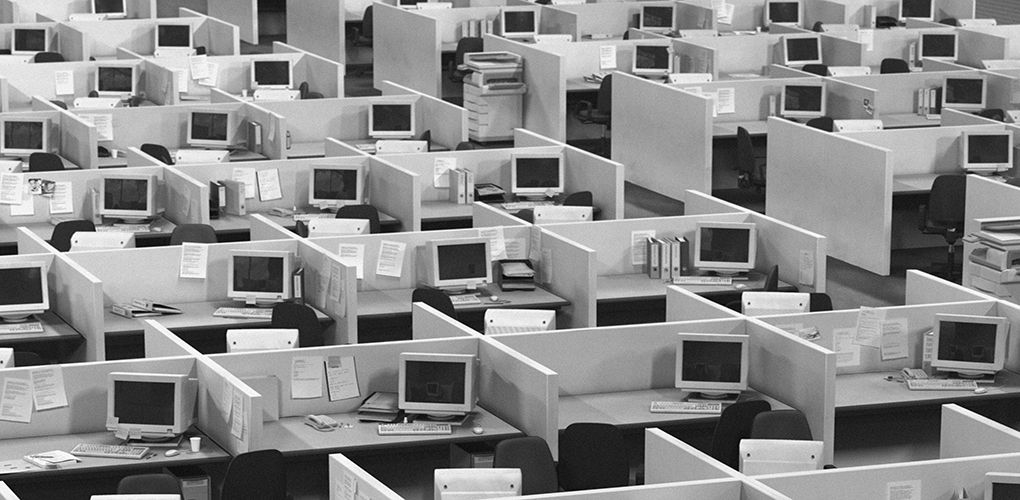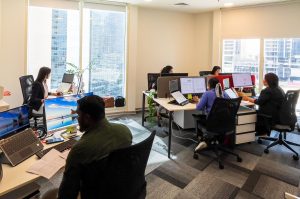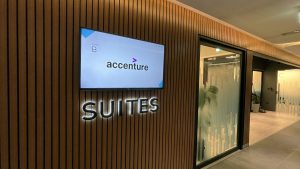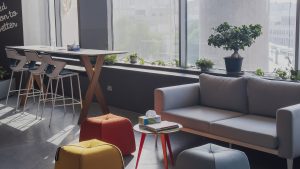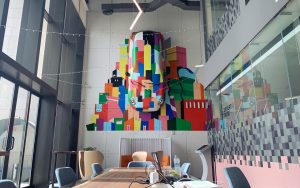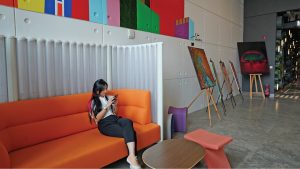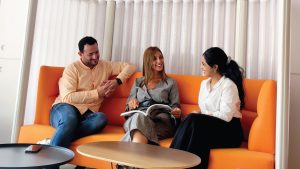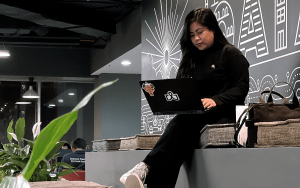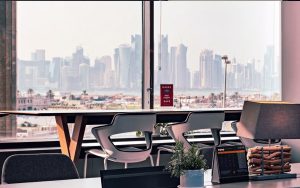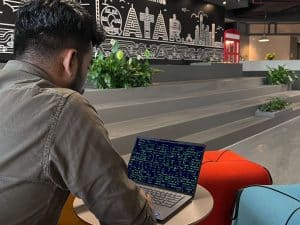Everything from the film industry to the workspace is being challenged by changes in communication made necessary by the coronavirus lockdown. Some companies and researchers are proclaiming this to be the end of the traditional office space. This implies that the current work from home environment is not a learning opportunity for how we conduct business, but a shift in practices from which we’ll never recover.
Rather than think of the conventional office space as a thing of the past, it’s more important than ever to use the information gained in lockdown to improve that space. We are currently learning the importance of customization and interactivity to morale in a work environment, as well as the changing benefits of software, virtual conferencing technology, and new methods of collaboration on employee productivity.
This is a perfect opportunity to assess how the workspace has changed and which conventional methods need to become more flexible as we transition back to the brick and mortar offices after the coronavirus has run its course.
The virtual meeting place
The lockdown is forcing people to learn the ins and outs of meetings and conferences conducted over Zoom, Skype, and dedicated business meeting technology like GoToMeeting. This is changing the way employees interact with each other as members of a team and will likely translate to increased desires for virtual communication methods even after the lockdown has been lifted.
This means that employers need to find technology best suited to their employees’ needs and experience level, as well as learn the etiquette of conducting meetings virtually.
This includes learning how to speak in front of a camera without moving your head too much and how to make people on the other side of a computer lens feel like you’re making eye-contact with them. One of the major hurdles of digital communication moving forward will be making virtual meeting spaces as social and interactive as conventional offices.
Changing standards of employee engagement
One of the big changes to the workspace as people get more used to communicating with each other online and working remotely (some studies suggest that many workers will request remote workdays even after the virus has passed) will be how they engage with each other.
Anyone who manages a conventional office space knows that productivity and morale go hand in hand. The lockdown is revolutionizing how employees interact with each other by teaching employers how to use programs and tools to improve morale in a remote work environment.
This is not only changing the workspace but expanding it. Employees now have the opportunity to interact with each other in virtual spaces, which has been shown to boost morale. Rather than resist these changes, employers should embrace and utilize these tools as part of an evolving office.
Programs like Steam, Skype, Slack, and others give employers the ability to organize games and meetings to keep employee morale high even in the normal workweek.
With the possibility that many workers will want to continue to work remotely even after the lockdown has lifted, the physical office space has to evolve and expand to accommodate new standards of employee interaction. This means maintaining the same collaboration that makes the conventional workspace run smoothly even when aspects of its operations have gone permanently remote.
The switch to flexible spaces
As people return to their conventional offices after the coronavirus lockdown, they will likely be more cognizant of their personal space. This will have a profound impact on the way space is utilized in physical offices and the requirements of its employees moving forward.
There will be a higher demand for private offices and more requests for larger common areas so that desks can be placed further apart. Conference rooms will have to be expanded and flexible building leases will become a top priority.
This may also trickle down to people’s demands for cleanliness in the workspace. This will change how offices function and what equipment they need to purchase to keep their employees happy.
Demand will increase for better air filtration units and waste disposal methods. In addition, bathrooms and kitchen spaces may need to be expanded.
However, the most significant changes to cleaning will be in the careful management of commonly touched surfaces. These include door handles, machine buttons, coffee machines, desk spaces, door handles, counters, and conference tables. Everyone will be more hygiene-focused when they come back to the physical workspace and that space will need to change to accommodate their new awareness.
The Takeaway
The switch to a remote working environment during the coronavirus pandemic will change the standards that define the conventional workspace when we return to it. Office managers and CEOs need to consider the change in demands, infrastructure, and procedures that will result from new expectations.
These will include workers’ newfound familiarity with virtual meeting spaces. Offices have adapted to use spaces on Slack and Steam to foster employee creativity and interaction and those relationships will need to continue even after we return to physical offices. Many employees will continue to want remote workdays and will prefer virtual team meetings over traditional conference rooms.
The physical workspace will also need to change to meet new expectations for cleanliness and social distancing. Infrastructure will be in demand for expanded office and bathroom spaces, as well as new filters and cleaning suppliers.
These are changes that the traditional office can make, however. Its future is not to die with the times, but to evolve with them.


